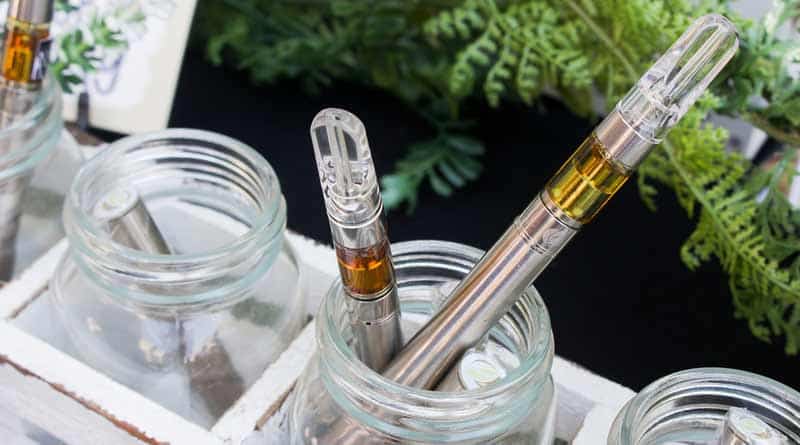Business
OHA Issues Bulletin To Clarify Cannabis Extracts and Concentrate Regulations
The Oregon Health Authority (OHA) has issued a bulletin to clarify some of the regulations, definitions and testing requirements concerning cannabis extracts and concentrates. Proper reporting and handling is critical to insure licensed operators do not run afoul of the laws. Stiff penalties can occur and even license suspension and revocation in extreme cases.
OHA Bulletin:
February 15, 2019
MEDICAL MARIJUANA INFORMATION BULLETIN 2019-01
Subject:
Understanding What is a Finished Cannabinoid Extract or Concentrate and Testing
Cannabinoid extracts and cannabinoid concentrates are made using a variety of methods. These methods include a variety of ways that an extract or concentrate is purged, blended or combined with other products to result in its final form.
A cannabinoid extract is defined as a substance obtained by separating cannabinoids from marijuana by:
(a) A chemical extraction process using a hydrocarbon-based solvent, such as butane, hexane or propane; or
(b) A chemical extraction process using the hydrocarbon-based solvent carbon dioxide, if the process uses high heat or pressure.
A cannabinoid concentrate is defined as a substance obtained by separating cannabinoids from marijuana by:
(a) A mechanical extraction process;
(b) A chemical extraction process using a nonhydrocarbon-based solvent, such as vegetable glycerin, vegetable oils, animal fats, isopropyl alcohol or ethanol;
(c) A chemical extraction process using the hydrocarbon-based solvent carbon dioxide, provided that the process does not involve the use of high heat or pressure; or,
(d) Any other process authorized by rule.
The final form of the extract or the concentrate that will be sold to a consumer or patient must be sampled and tested for pesticides, solvents and potency. This final form is defined as the finished cannabinoid extract or concentrate [OAR 333-007-0310(25)].
Testing Blended Extracts or Concentrates
If it is the intent of the processor to blend two extracts or concentrates, the individual extracts or concentrates do not need to be tested prior to being blended. The final blended extract or concentrate is considered the finished cannabinoid extract or concentrate and must be tested and pass for pesticides, solvents and potency.
If a batch of an extract or concentrate is produced, and a portion will be transferred to a retail location and a portion will be used for blending, then the batch of extract or concentrate produced must be tested and pass for pesticides, solvents and potency.
If two or more extracts with passing compliance tests are blended, the finished cannabinoid extract created must also pass a full compliance test for pesticides, solvents and potency.
Similarly, if two or more concentrates are blended, the finished cannabinoid concentrate must also pass a full compliance test for pesticides, solvents and potency.
Understanding Cannabis Derived Terpenes and Testing
Cannabis-derived terpenes are considered a marijuana extract or concentrate, or hemp extract or concentrate, depending on the source material. Even though the cannabis-derived terpenes might not contain THC, the terpenes are obtained from cannabis. As such, they can only be obtained from OMMP registered processors or OLCC licensed processors and must be tracked and transferred in Metrc. These terpenes are categorized by the method used to remove them from the cannabis. If sourced using a method described in the extract definition above, it is an extract. If sourced using the method described in the concentrate definition above, it is a concentrate. Cannabis-derived terpenes must be tested for pesticides, solvents, and potency as required in rule as outlined above. [OAR 333-007-0330].
Understanding Non-Cannabis Derived Terpenes and Testing
Terpenes can also be derived from other non-cannabis sources and added to cannabinoid extracts and concentrates. The addition of non-cannabis derived terpenes to a cannabinoid extract or concentrate makes the item a finished cannabinoid product. The cannabinoid extract or concentrate that will be blended with the non-cannabis terpenes must be tested for pesticides and solvents. If it receives passing test results it may be blended and the final cannabinoid product must be tested for potency.
The testing rules can be found in Division 7 at: healthoregon.org/ommprules
Read more from the source: OCCNewsPaper.com


